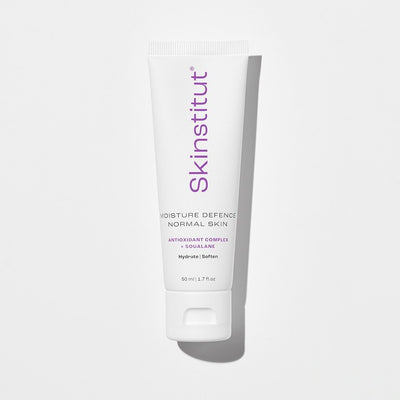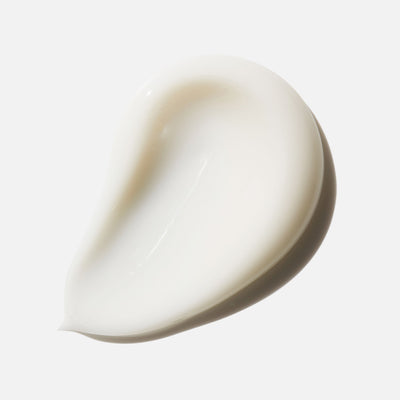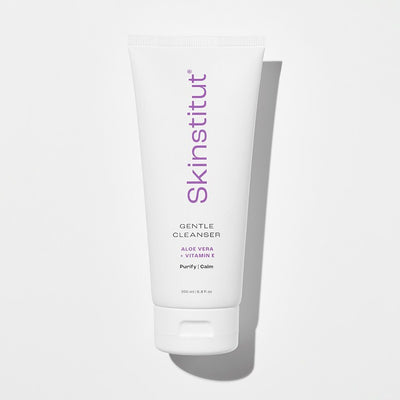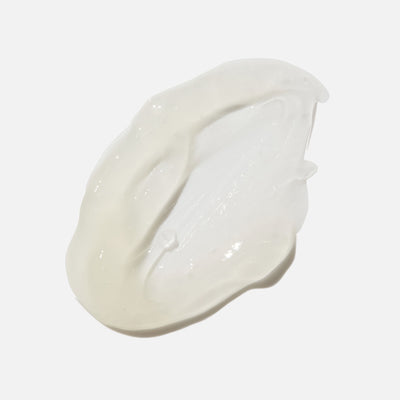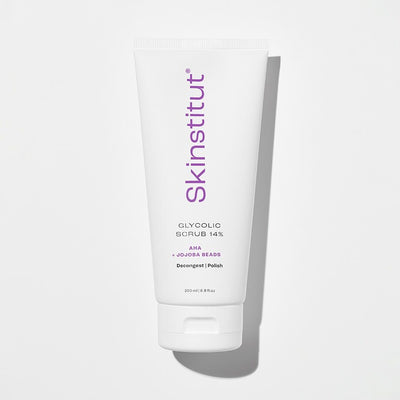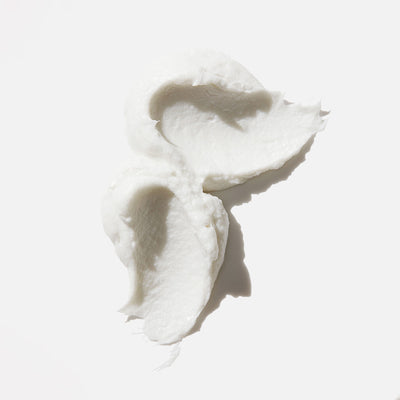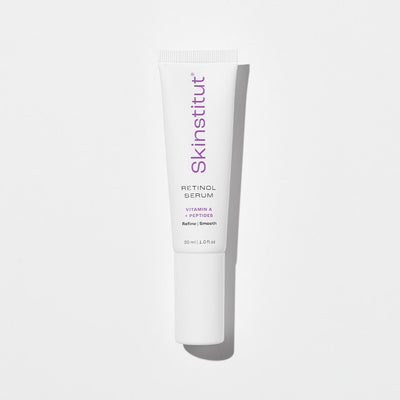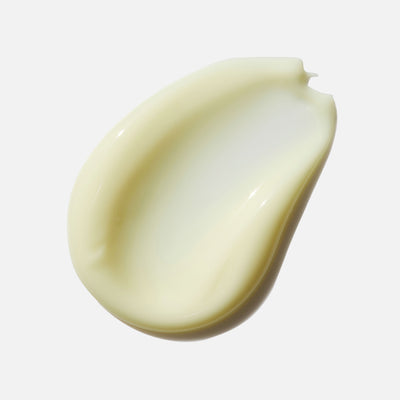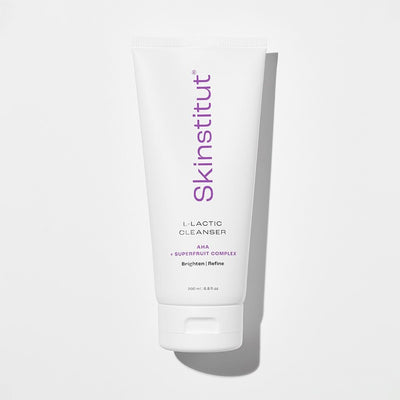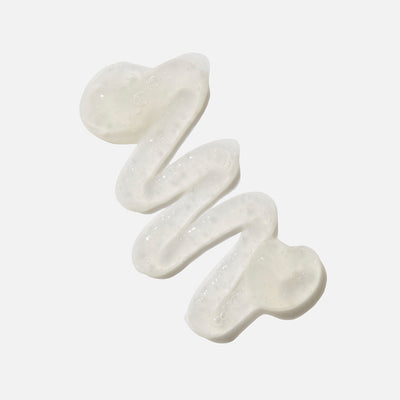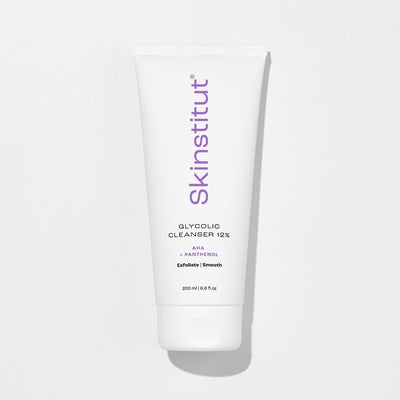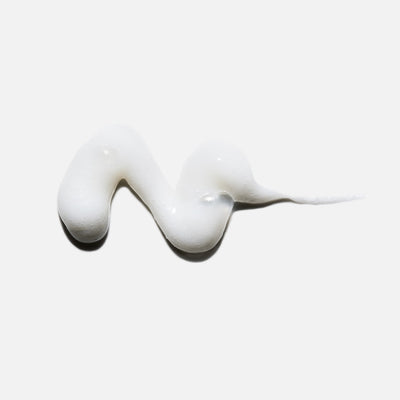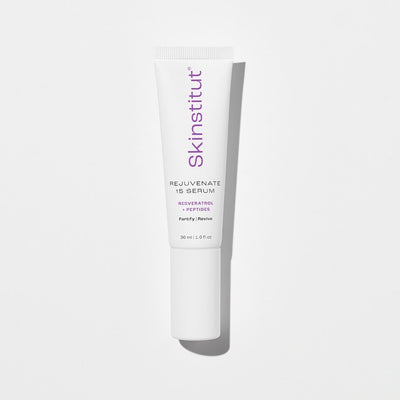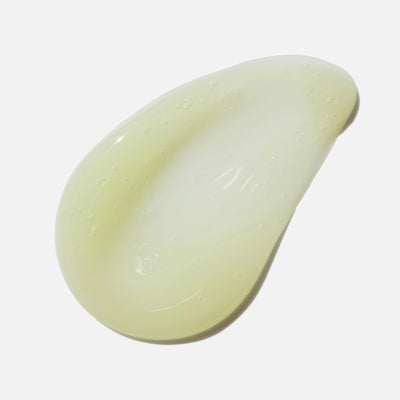One of the most common skin conditions we see, especially during Winter, dehydration can affect each and every skin type. Often confused with dryness, dehydration is entirely reversible with the right approach to your diet and lifestyle, and of course a diligent skincare routine.
So, What’s The Difference Between Dry & Dehydrated Skin?
We get this question a lot. Dry skin is not a condition but a type and one that you’re born with essentially. Dry skin doesn’t produce enough oil (sebum) naturally which means it’s lacking in the lipids it needs to retain moisture and protect the skin’s barrier from external aggressors. Dry skin is generally inherited but can also appear as a result of hormonal and environmental changes and of course ageing as oil production does tend to slow with age. Dry skin can show itself in a few ways; it can be seen in flaking, peeling or chapping when it’s at its worst or feel rough to the touch and a little tight or itchy.
Dehydrated skin is a condition; one that occurs when the skin lacks water. Largely caused by environmental and lifestyle factors, dehydrated skin often shows up as what may look like the signs of premature ageing, such as fine, superficial lines around the eyes and along the forehead. While some dehydrated skins can appear taught and even shiny, your lack of moisture has nothing to do with how much oil you have in your skin which means oily skins can be dehydrated too.
What Causes Dehydration?
Easily experienced by all skin types, especially during the Winter months, dehydration can be the result of many different factors including:
-
Environmental Stresses
When humidity is low, there is little moisture in the air for the skin to grab onto and drying winds and cold temperatures only make matters worse. During Winter, our skin tends to ricochet between the cold outdoors and drying, artificial heating in our homes and cars – which is why your skin can look and feel so thirsty. -
Ageing
Moisture (and oil) content in the skin decreases with age – along with other important ingredients necessary to preserve fresh, youthful skin such as Collagen and Elastin. Our natural production of Hyaluronic Acid also decreases over time which means the skin is less able to attract and retain water. -
Diet
Salt and caffeine are particular dehydrating and can contribute to the dehydration you’re seeing (and feeling) in your skin. Processed and fast foods and certain medications can also have an impact.
As dehydration is a condition and not a skin type, it’s easily treatable with a few lifestyle tweaks like some of these tried-and-trusted moves below:
-
Drink More Water
A simple one but one that guarantees skin results. Moisturising your skin from the inside out is just as important as what you do on the outside. Make a two-litre minimum your daily intake goal and watch those superficial fine lines disappear. If you have trouble drinking that amount of water, then make sure you’re eating moisture-rich fruits and vegetables like watermelon, cucumber, tomatoes, spinach, and broccoli.
-
Reduce Your Salt & Caffeine Intake
Dial down those lattes/chais/cups of tea as caffeine contributes to dehydration. So too does excess salt and processed foods. Cut back on both and you’ll see a difference in your skin’s texture and radiance. -
Tweak Your Daily Skincare
That could mean switching your cleanser to a more hydrating formula like our Gentle Cleanser which helps to boost and retain moisture in the skin or incorporating our favourite water-binding ingredient Hyaluronic Acid: a key ingredient in our most versatile moisturiser: Multi-Active Mist. It’s an instant hit of H20 and a great prep product to apply before your serum or moisturiser to help lock that hydration into the skin.



